Biology > STUDY GUIDE > Exam #4 Study Guide questions with correct answers to booste your grades (All)
Exam #4 Study Guide questions with correct answers to booste your grades
Document Content and Description Below
Chapter 43: The Nervous System Exam #4 Study Guide 1. In vertebrates, the nervous system is composed of the brain and the spinal cord. 2. What are the branched extensions of a neuron ... that receive signals called? 3. What is the elongated extension of a neuron that nerve impulses travel along? 4. What are examples of cells that support neurons both structurally and functionally? 5. You dissect the brain of a mutant mouse and find that parts of the "white matter" look gray. What is a likely cause? 6. You are studying a gene which, when mutant, causes oligodendrocytes to enwrap shorter sections of axon, so that nodes of Ranvier are more closely spaced. What is the likely effect on nerve impulses? 7. What other cells should you examine for effects from this mutant gene? 8. Rapid inward diffusion of Na+ produces a dramatic change in membrane potential. What is this event called? 9. Nerve impulses are electrical signals produced by which structure? 10. The membrane of a resting neuron is most permeable to which of the following ions? 11. When neurons are not producing electrical signals, there is still a voltage difference across their membranes. What is this voltage called? 12. Which of the following characteristics are true for an action potential? I-A threshold potential must be exceeded for an action potential to occur. II-A stimulus either produces a full action potential or none at all. III-During the refractory period it is less likely that stimuli can produce another action potential. 13. What is the process in which impulses jump from node to node? 14. What determines the direction of the voltage change that occurs at the postsynaptic membrane? 15. At myelinated areas of the axon (i.e. between nodes of Ranvier), which of the following statements is true? 16. Which ion channel is primarily responsible for the action potential? 17. What diffuses across the narrow synaptic cleft between the presynaptic axon and the postsynaptic cell to transmit a nerve impulse? 18. Which neurotransmitter is released from a motor neuron at the neuromuscular junction? 19. When acetylcholine stimulates the opening of ligand-gated ion channels on a postsynaptic cell, what is this event called? 20. What is the name for the gap into which neurotransmitters are released? 21. Place the following events that occur at the vertebrate neuromuscular junction in the correct order. I-Depolarization of the muscle fiber membrane. II-Generation of an action potential in the neuron. III-Stimulation of Ca2+ entry into the neuron. IV-Release of acetylcholine into the synapse. 22. Which of the following are example of biogenic amines? 23. Place the following events involved in drug addiction in the correct sequence. I- The synapse becomes less sensitive, and normal function can only continue in the presence of the drug. II- CNS responds to increased firing by decreasing the number of drug receptors on the cell membrane. III- Drug molecule prevents receptor endocytosis and causes overstimulation of the postsynaptic cell. 24. Which of the following drugs has been discovered to bind to acetylcholine receptors? 25. The hippocampus, amygdala, and hypothalamus are the major components of the system. 26. The spinal cord is enclosed by the vertebral column and layers of protective membranes. What are these membranes called? 27. Damage to the substantia nigra, a specific region of the basal ganglia, can produce the resting muscle tremors characteristic of what disease? 28. A region of the brain receives both sensory information from ascending nerve tracts and motor commands from the cortex and cerebellum. This region plays an important role in motor control. Which region is it? 29. Which area of the cerebral cortex is important for the formulation of thoughts into speech? 30. Which animal phylum lacks a network of nerve cells for gathering information from the environment? 31. In early vertebrates, which component of the brain was devoted largely to coordinating motor reflexes? 32. Where did information processing become increasingly centered in terrestrial vertebrates? 33. Which region of the CNS listed below is NOT correctly paired with its function? 34. Which major regions compose the contemporary vertebrate brain? 35. Which of the following structures is NOT a component of the hindbrain? .......................................................continued................................................... [Show More]
Last updated: 1 year ago
Preview 1 out of 54 pages
.png)
Reviews( 0 )
Document information
Connected school, study & course
About the document
Uploaded On
May 09, 2021
Number of pages
54
Written in
Additional information
This document has been written for:
Uploaded
May 09, 2021
Downloads
0
Views
317


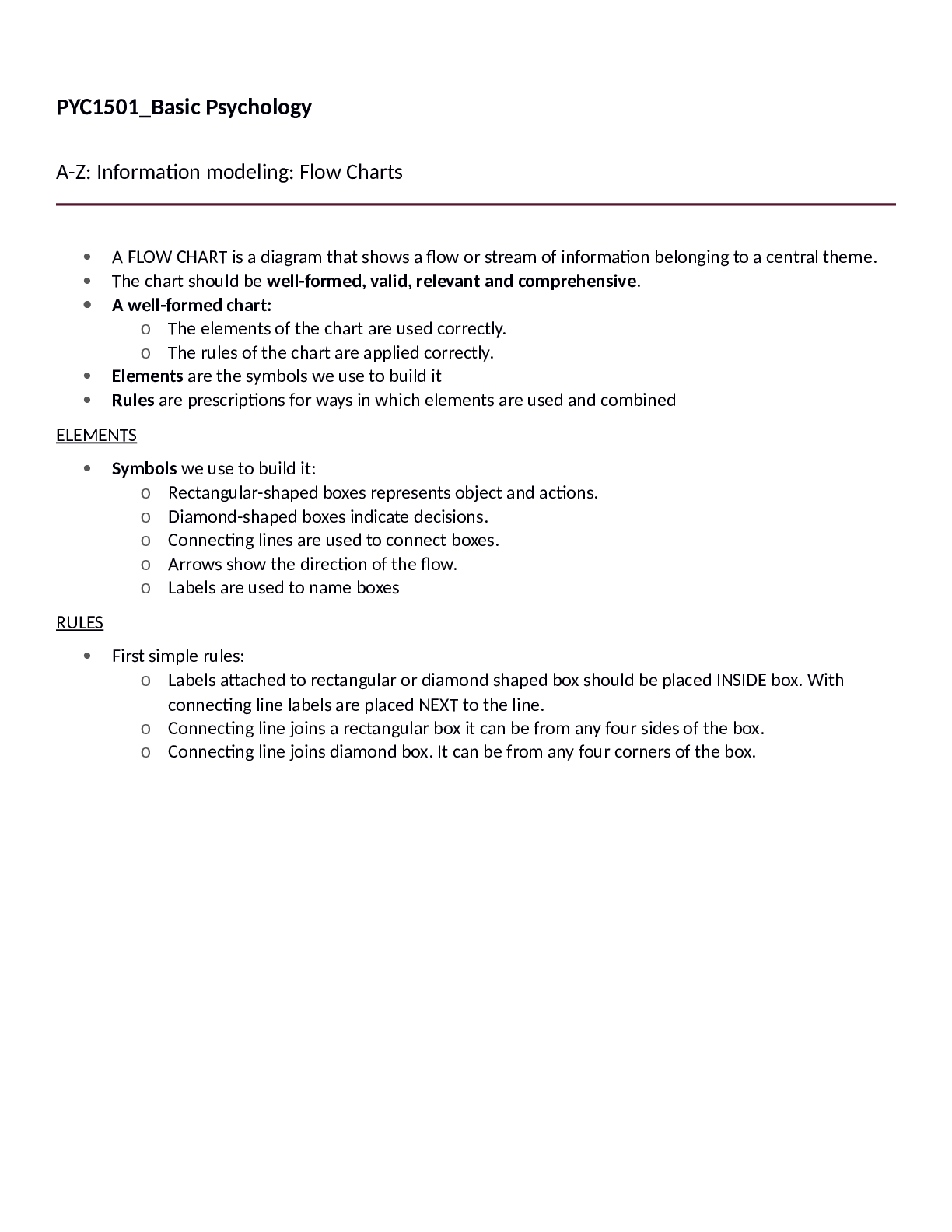
.png)
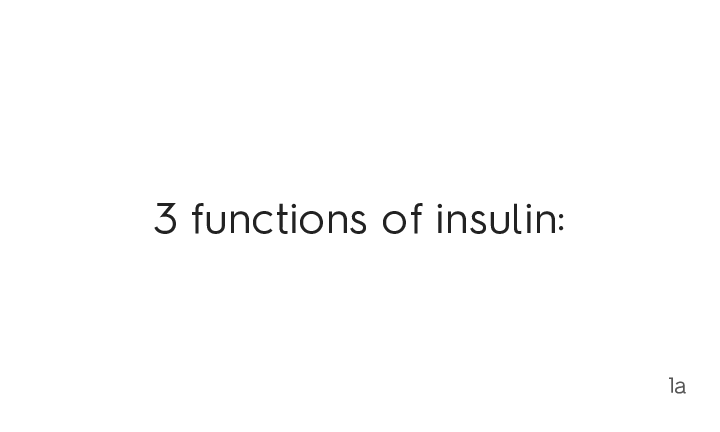


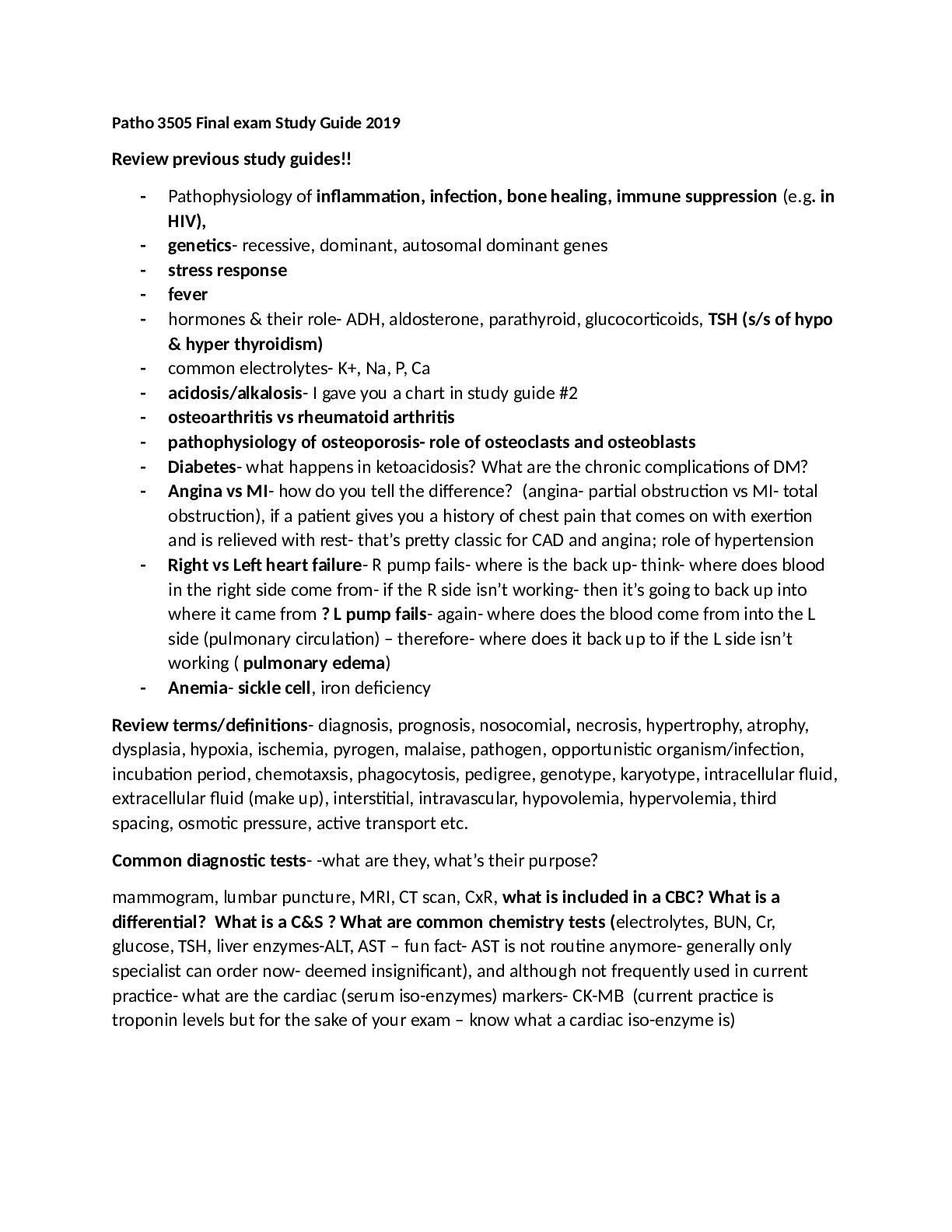
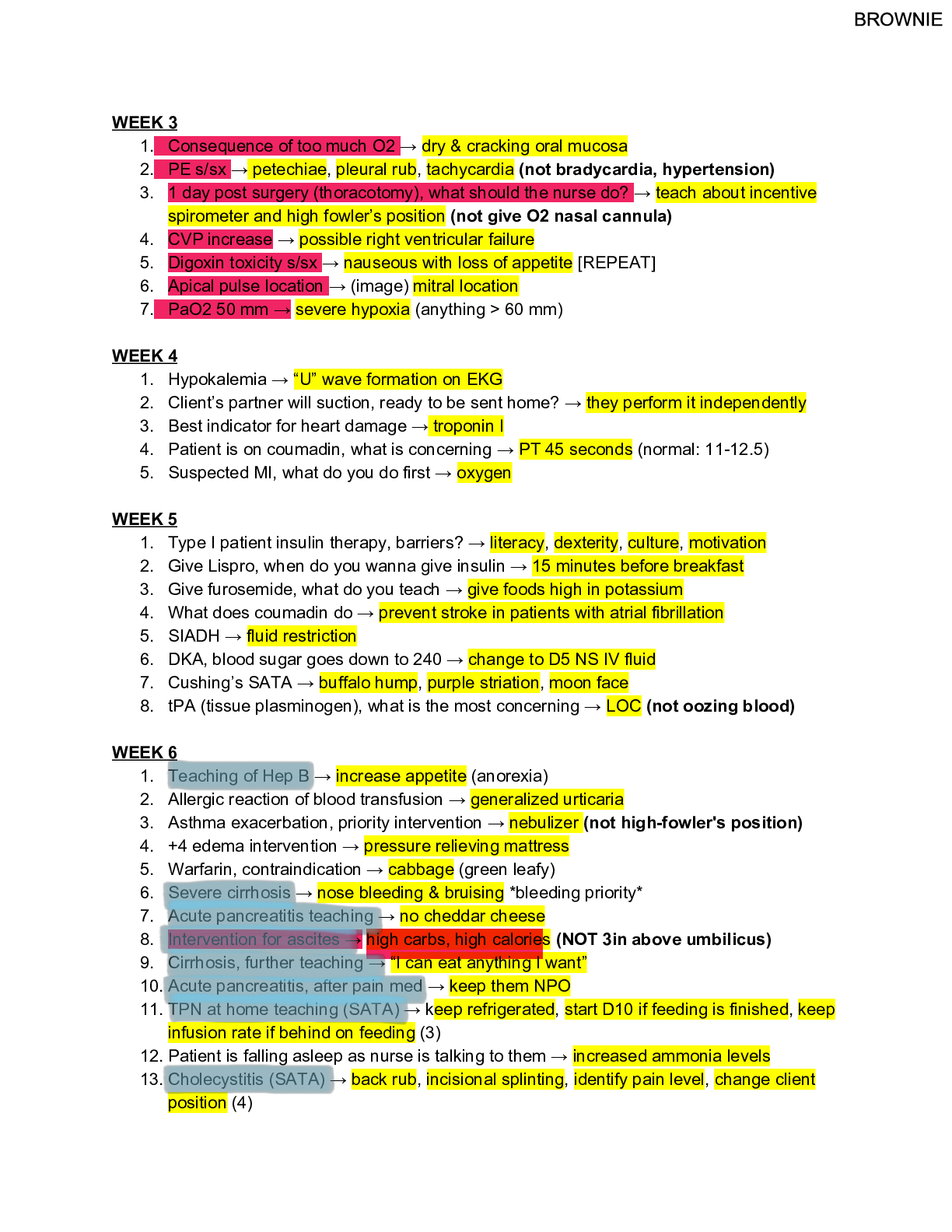
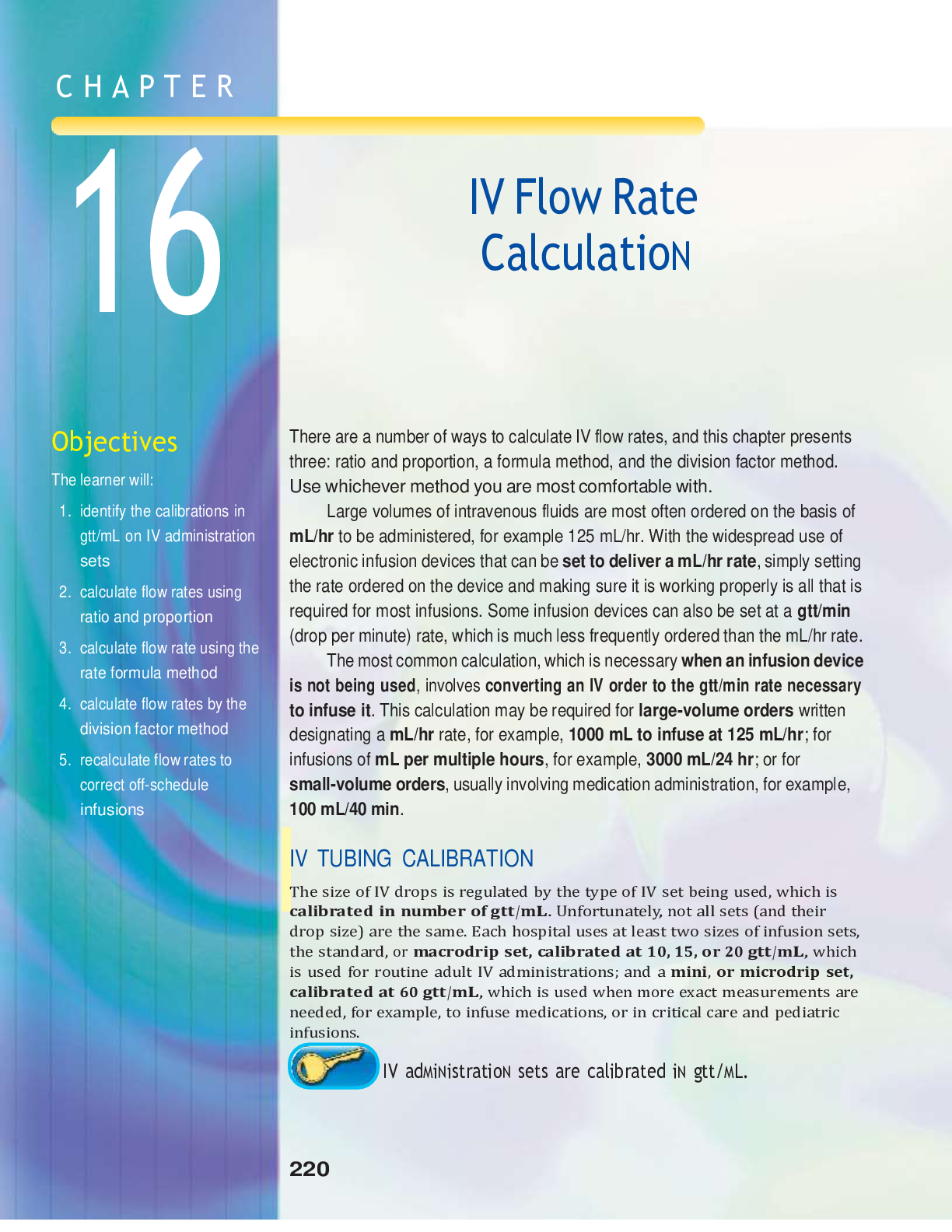
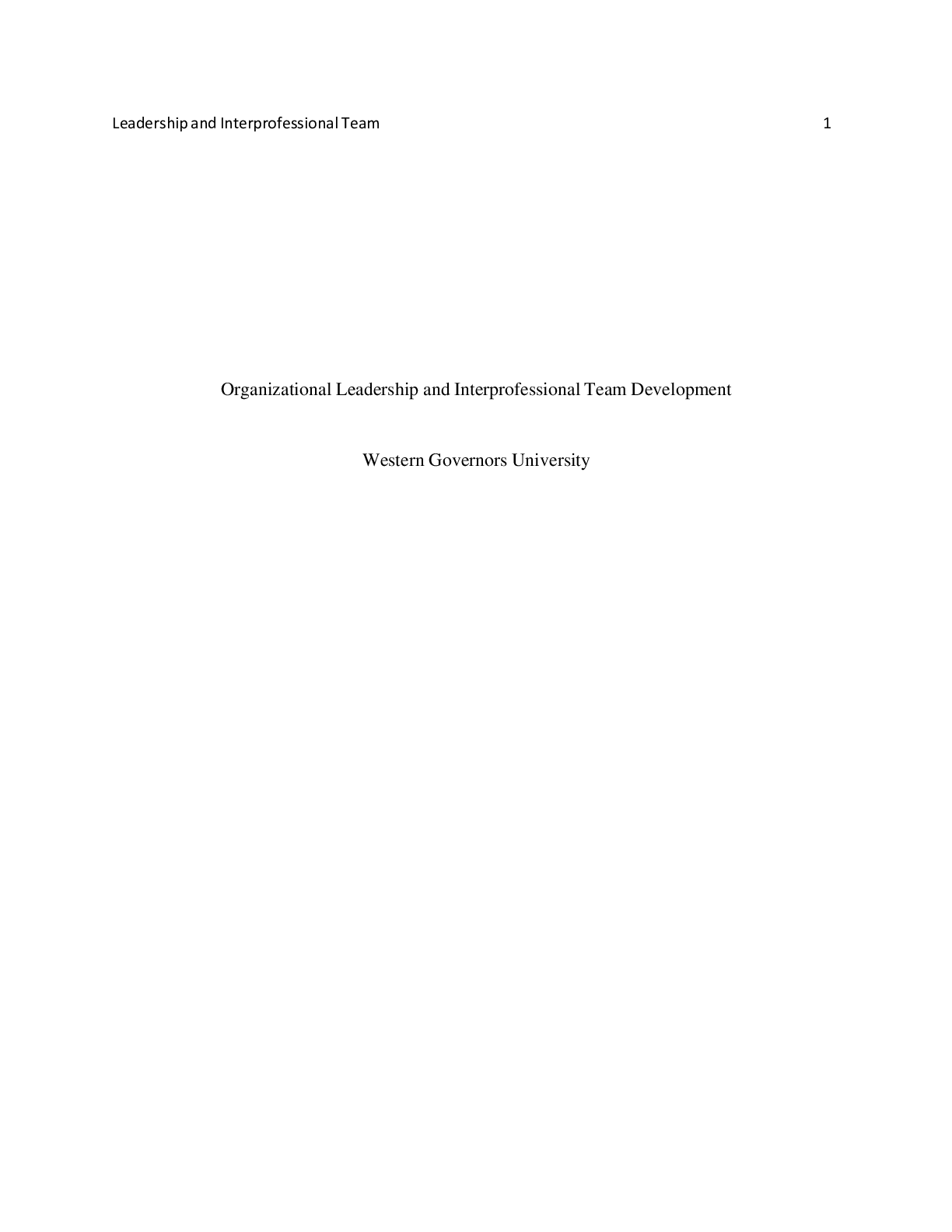


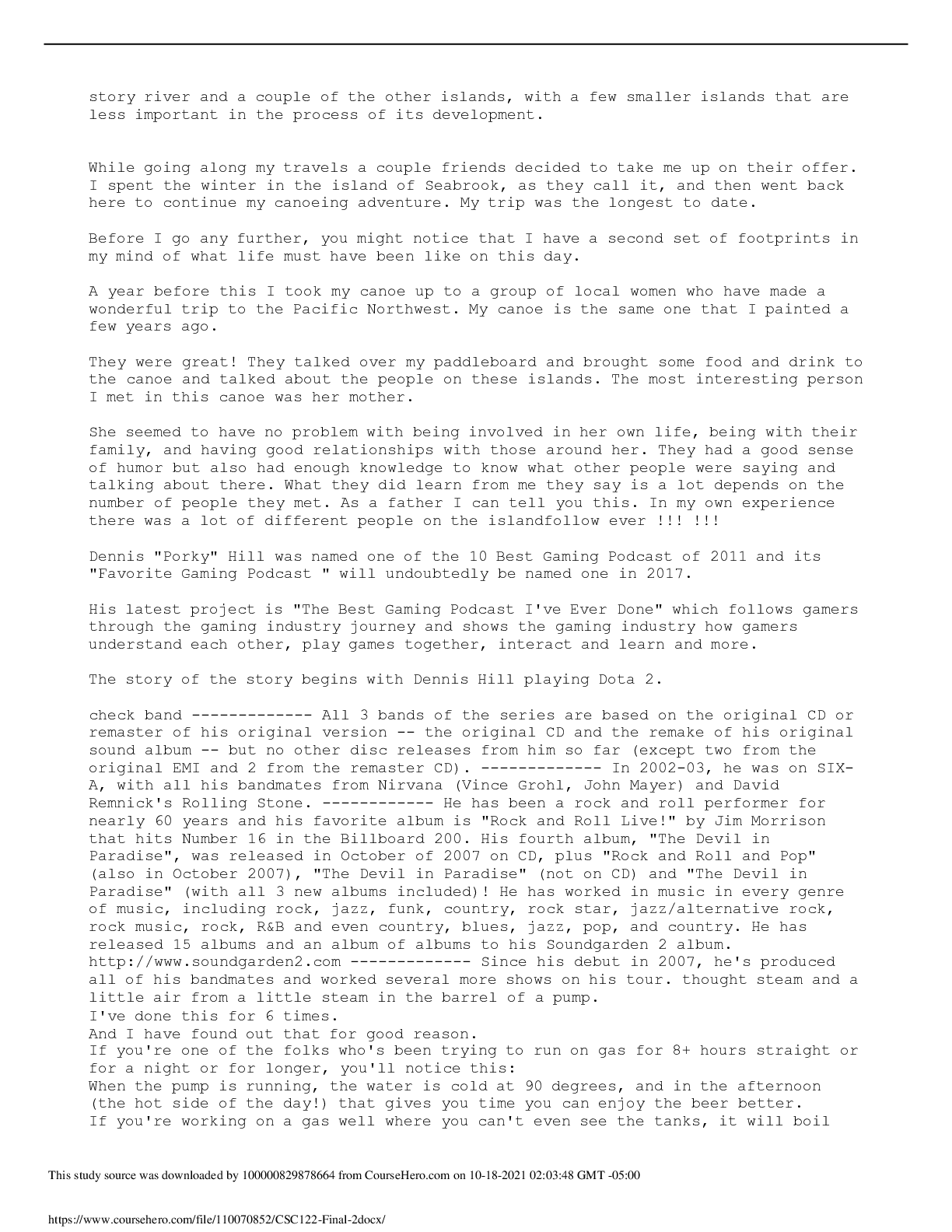
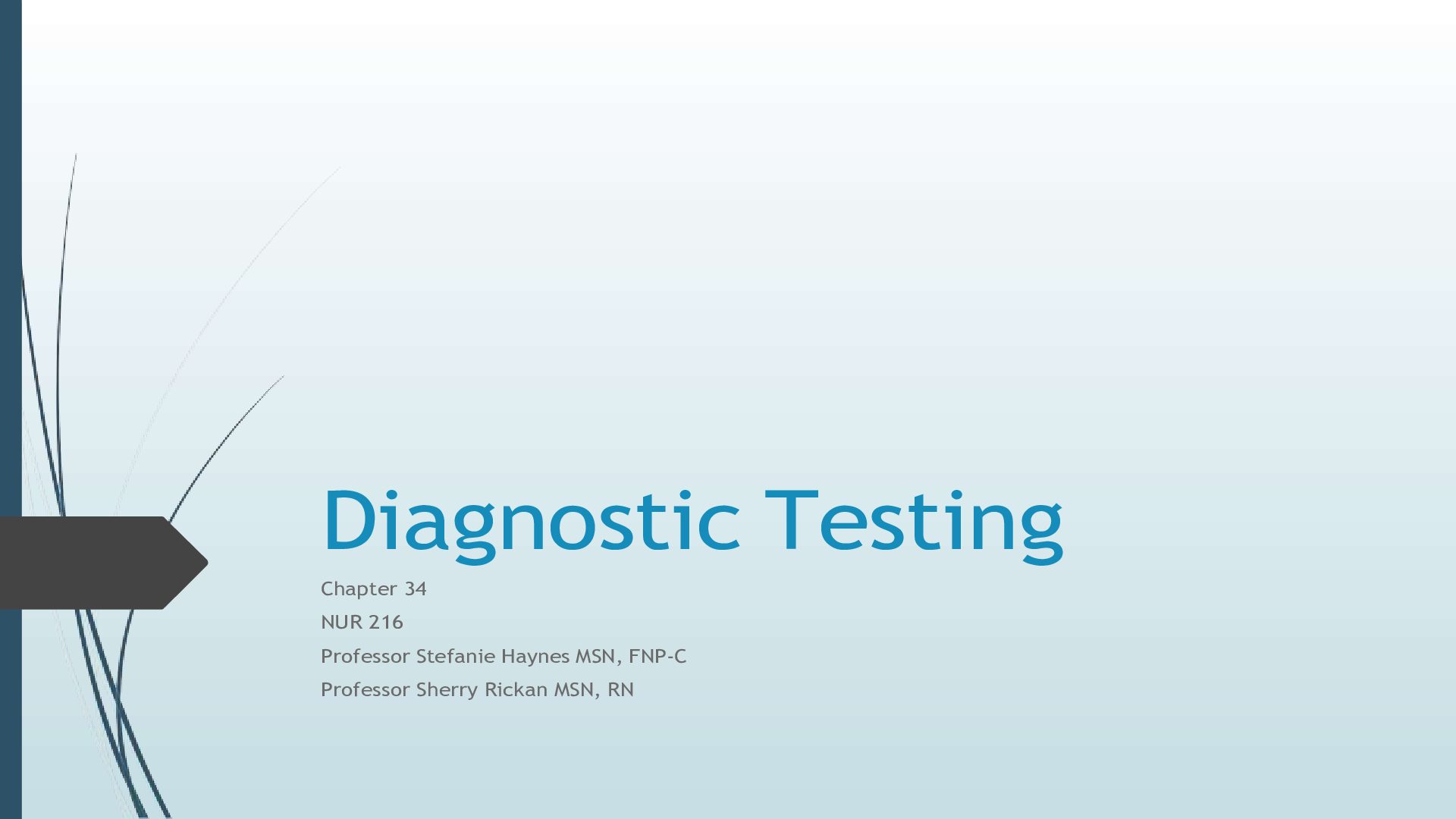
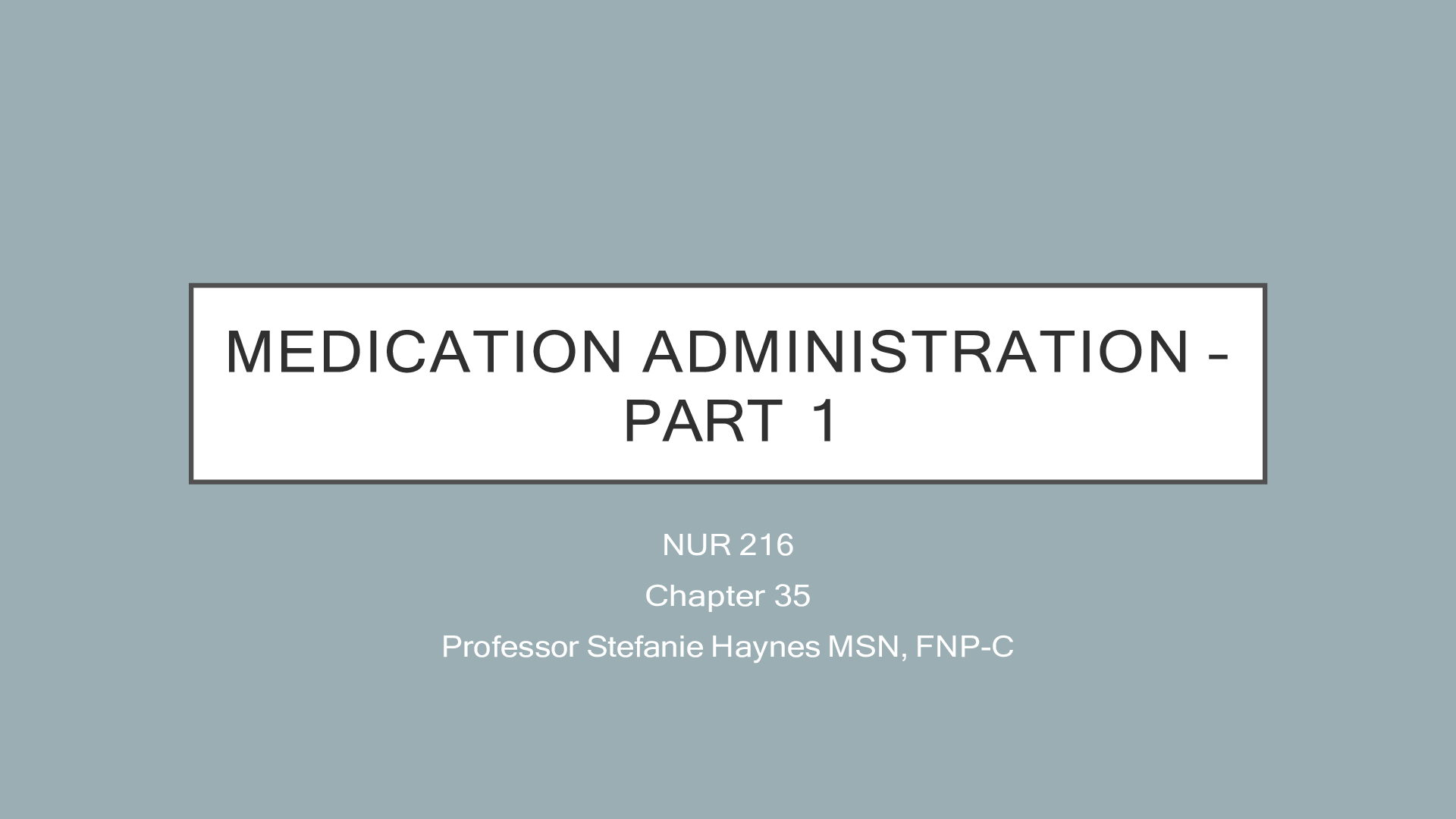

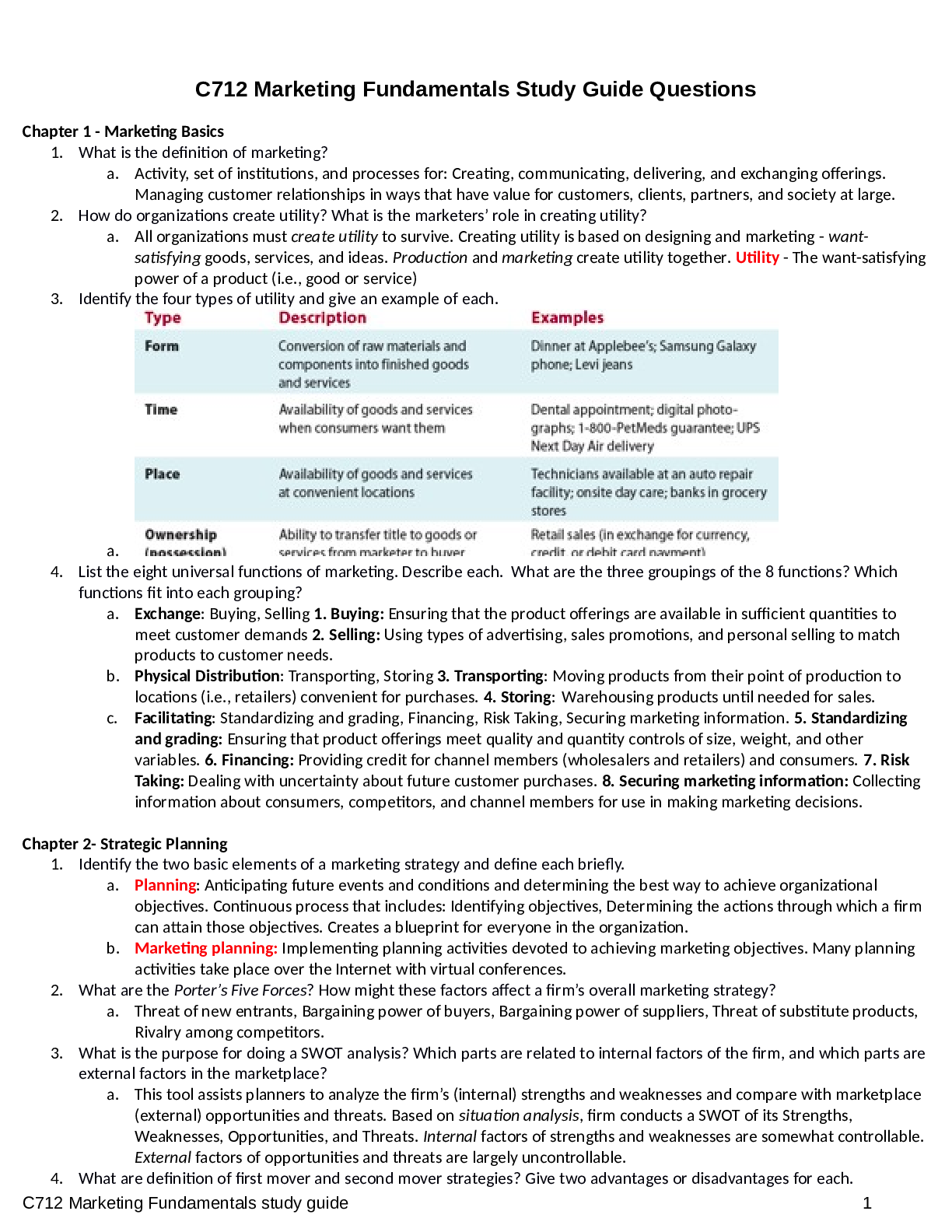
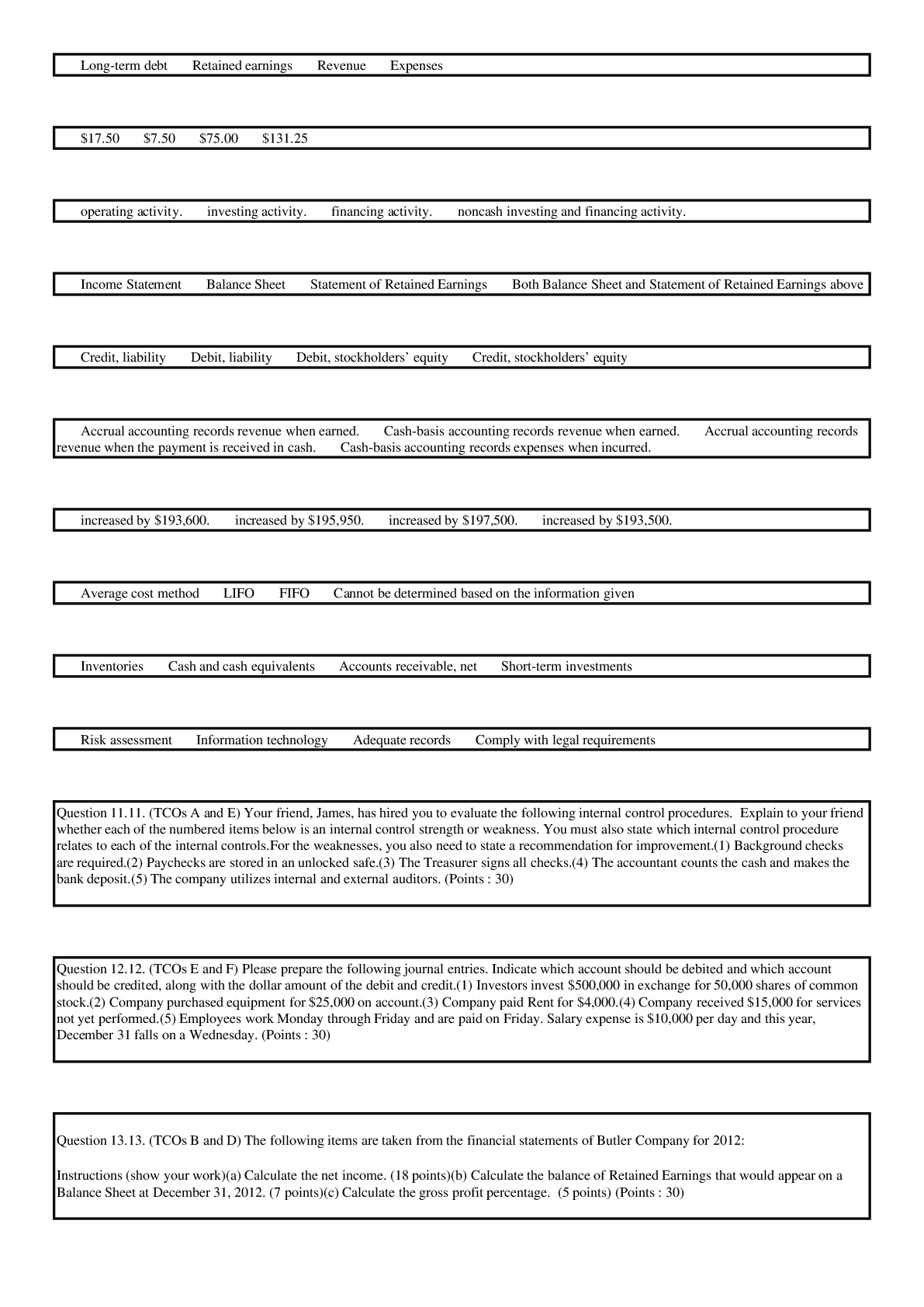


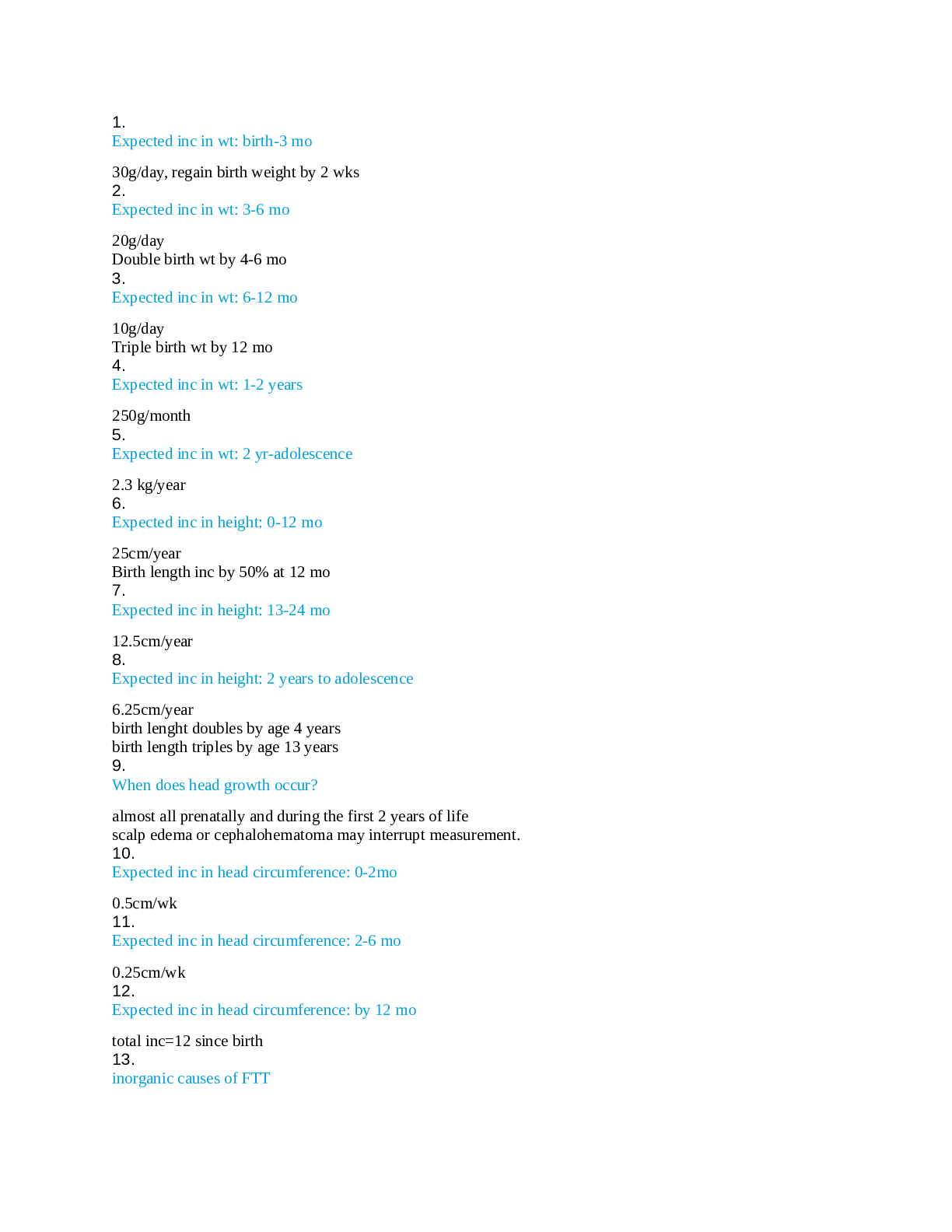

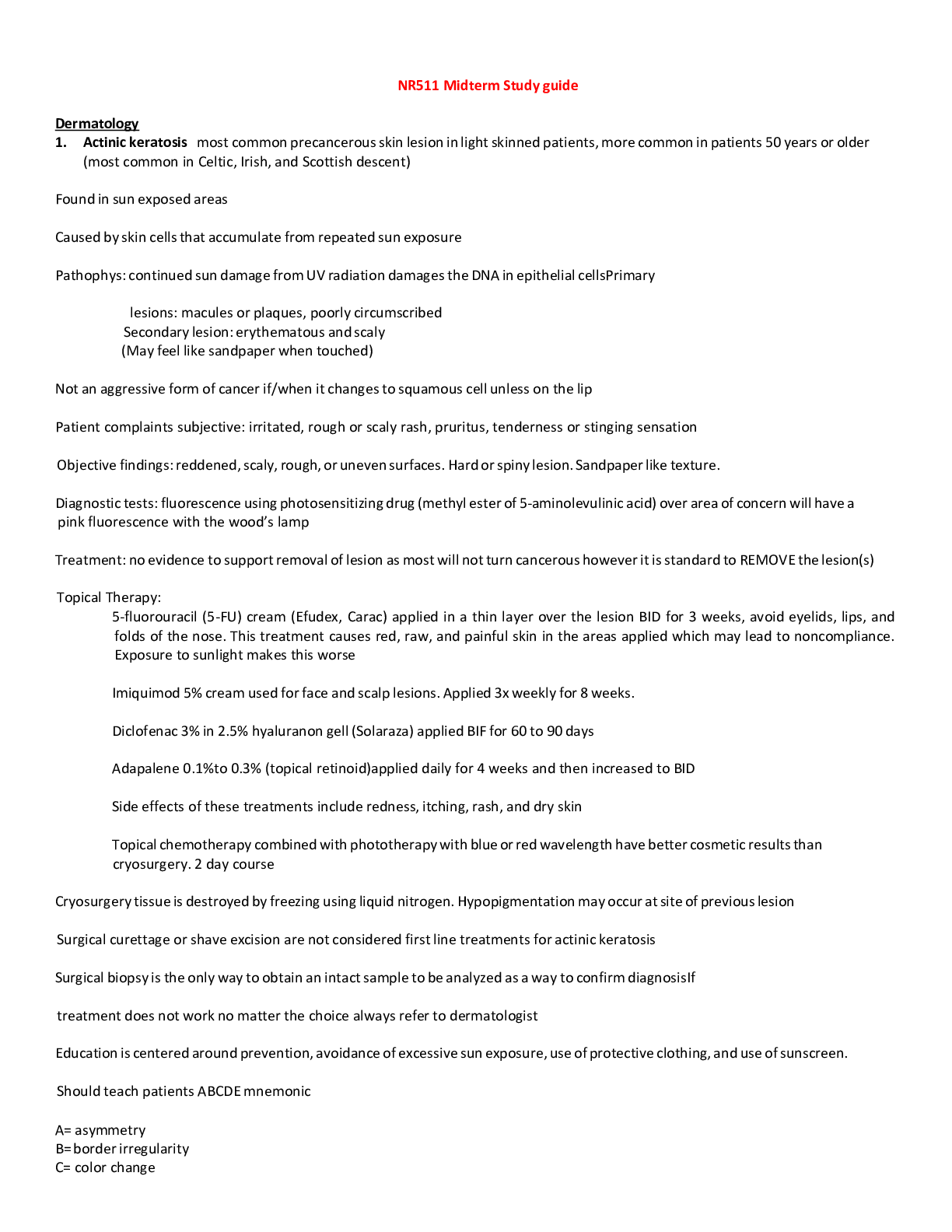

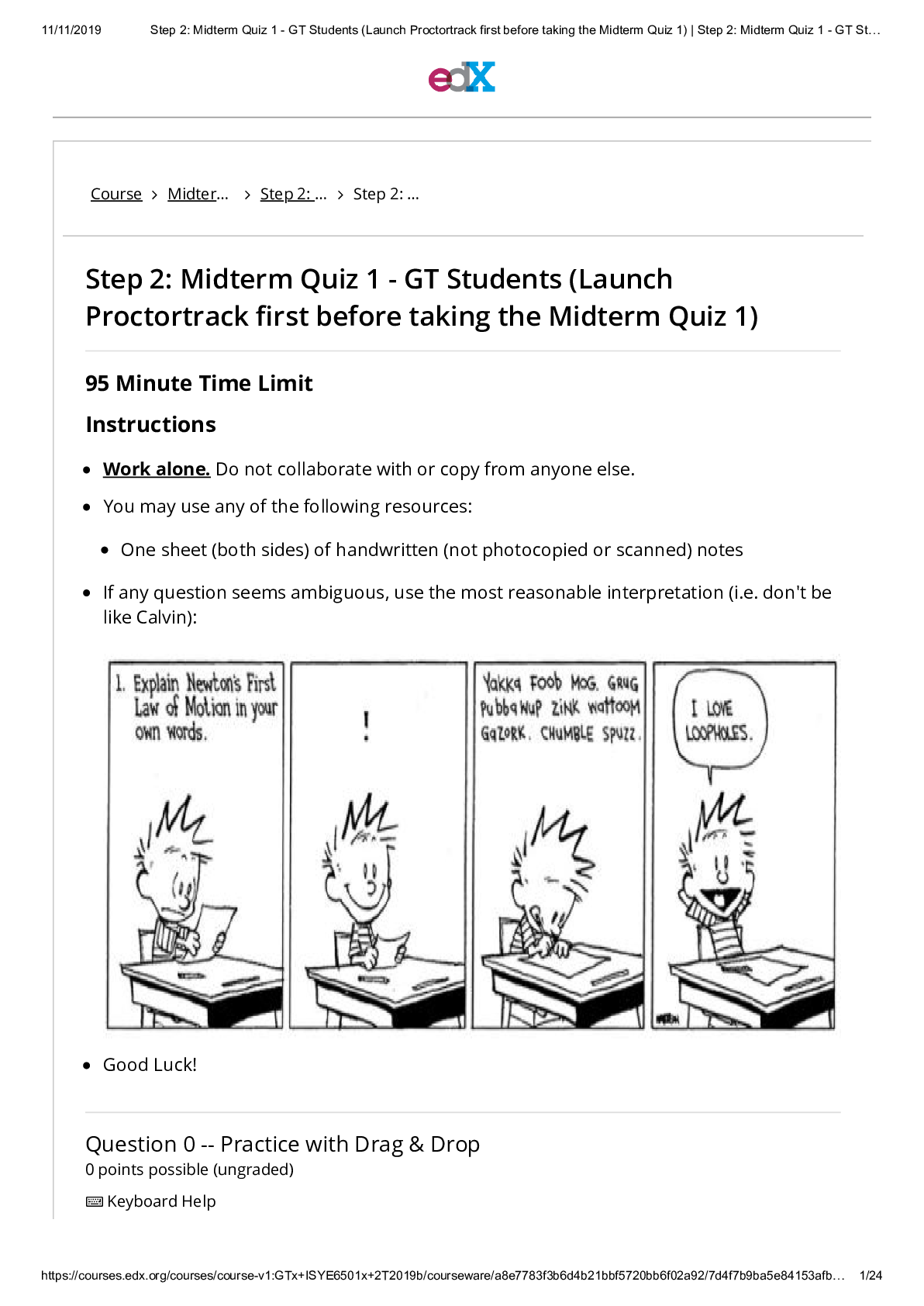
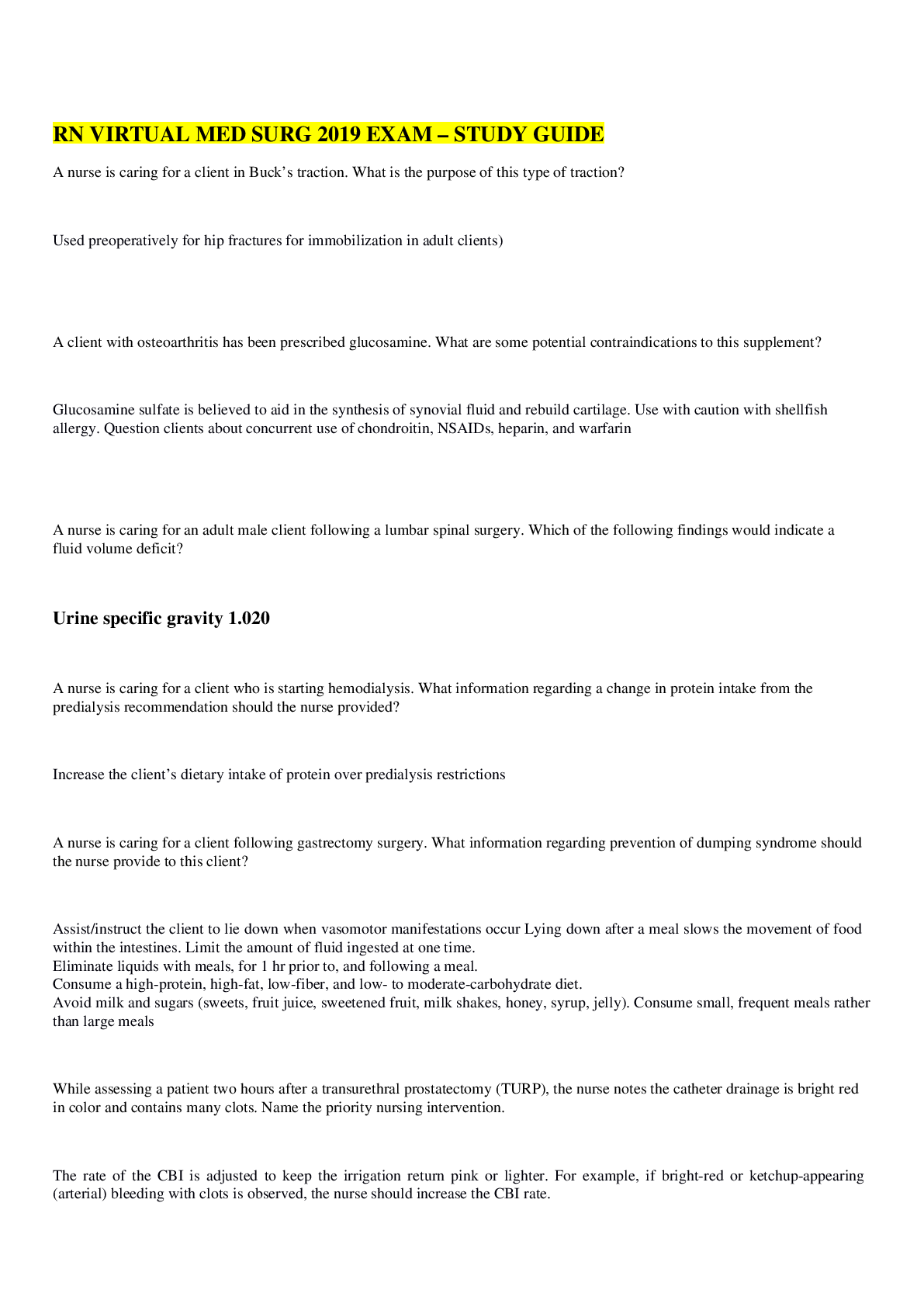

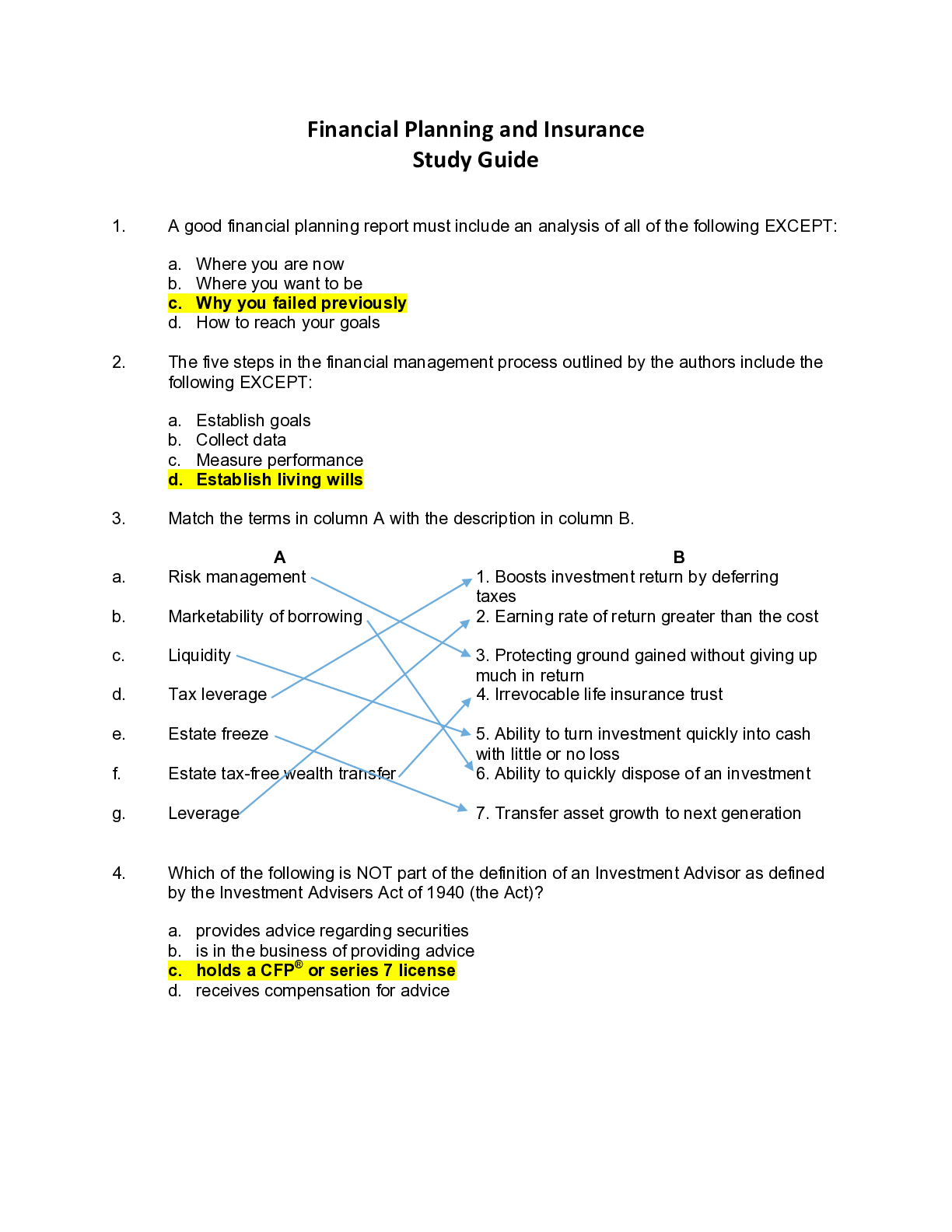



.png)

